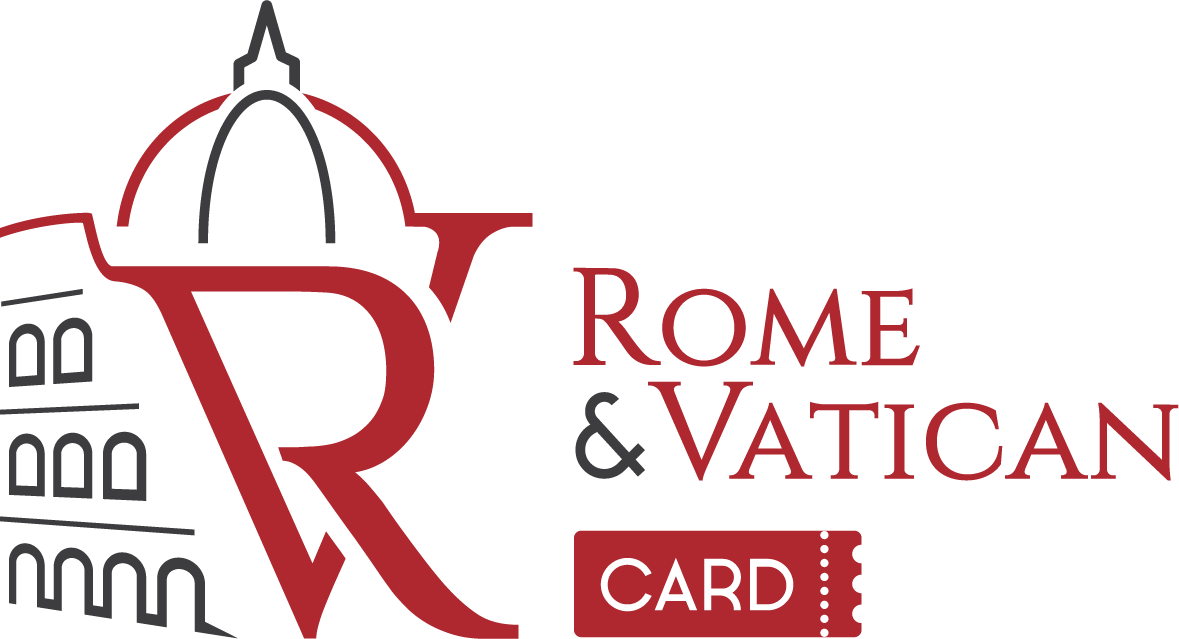Top Things to See Inside and Outside St. Peter’s Basilica: Square, Dome and Tombs
- 8 min read
Planning to visit St. Peter’s Basilica? This guide reveals everything you must see inside, outside, and underneath the world’s most famous church — from the majestic square to the papal tombs, Michelangelo’s dome, hidden chapels, and beyond.
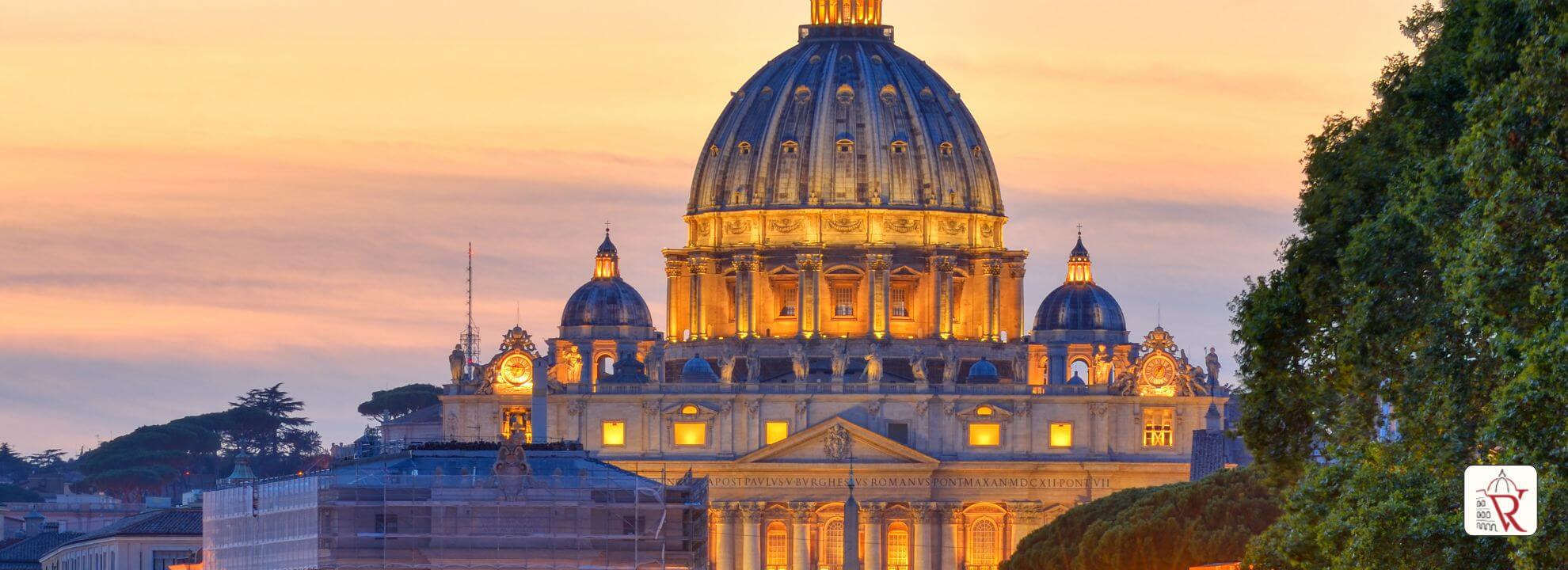
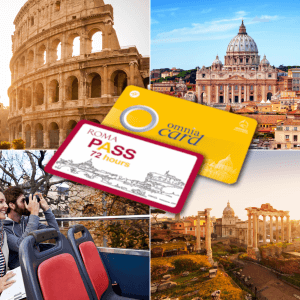
Omnia card 72h + Roma Pass - Jubilee 2025
Read on for the complete guide to St. Peter’s Basilica and make the most of your Vatican experience.
St. Peter’s Basilica is more than a church — it’s a journey through the history of Christianity, a monument of Renaissance and Baroque art, and one of the most spiritually resonant places on earth. Whether you’re a first-time visitor or a returning pilgrim, knowing what to see will elevate your experience. Let’s explore its treasures, starting from the grand exterior to its hidden underground layers.
What is the St. Peter’s Basilica
St. Peter’s Basilica is the spiritual heart of the Catholic Church and the most important site in Vatican City. Built over the tomb of the Apostle Peter — one of Jesus’ closest followers and the first pope — the basilica as we know it today was constructed between the 16th and 17th centuries under the guidance of legendary artists such as Michelangelo, Bernini, and Bramante. It stands not only as a place of worship but as a global icon of Renaissance architecture and religious history.
What to see Outside St. Peter’s Basilica: Square and Facade
Before stepping inside the basilica, take your time in St. Peter’s Square, a grand theatrical space designed by Bernini in the 17th century. The square’s elliptical shape and sweeping colonnade of 284 Doric columns were designed to evoke a welcoming embrace, symbolizing the Church’s arms extended to the world. Atop the colonnade, 140 statues of saints — each hand-carved — watch over pilgrims and visitors.
In the center stands an ancient Egyptian obelisk, brought from Heliopolis to Rome under Caligula and later placed here by Pope Sixtus V. It’s flanked by two fountains: one by Carlo Maderno and the other by Bernini. Together, they complete a perfectly balanced and symbolically charged space.

The facade of the basilica itself is a triumph of classical and Baroque architecture. Six colossal columns support the balcony known as the Loggia of the Blessings, where new Popes are introduced. Above them, 13 statues — Christ, John the Baptist, and 11 apostles—stand atop the cornice. This monumental exterior prepares you for the grandeur within.
What to see Inside St. Peter’s Basilica: Dome, Altars, Chapels, and Masterpieces
The Basilica’s Layout and Map
St. Peter’s Basilica stretches 218 meters in length and 136 meters in height, covering 23,000 square meters. Inside, three main aisles lead to the central nave, flanked by over 80 chapels and altars, each richly decorated with mosaics, sculptures, and relics. The floor plan follows a Latin cross, with the main altar placed directly above Saint Peter’s tomb, emphasizing his spiritual and architectural centrality.
Michelangelo’s Dome
Designed by Michelangelo and completed by Giacomo della Porta in 1590, the dome is among the tallest in the world. Its interior features a series of stunning mosaics, Latin inscriptions, and 16 windowed segments that allow divine light to pour through. The famous inscription around its base reads: “Tu es Petrus, et super hanc petram aedificabo ecclesiam meam”—You are Peter, and on this rock I will build my church.

Licenza: CC BY 2.5
You can climb the dome via 551 steps or take an elevator partway. From the top, the panoramic views over Vatican City, the Tiber, and Rome are some of the most memorable in the city.
Michelangelo’s Pietà
To the right of the main entrance, protected behind glass, stands one of the most emotional works of Renaissance sculpture: the Pietà. Carved in 1499, this marble masterpiece shows the Virgin Mary holding the lifeless body of Jesus after the Crucifixion. Michelangelo’s delicate rendering of the figures, the folds of fabric, and the sorrowful yet serene expression on Mary’s face make it a deeply moving highlight.
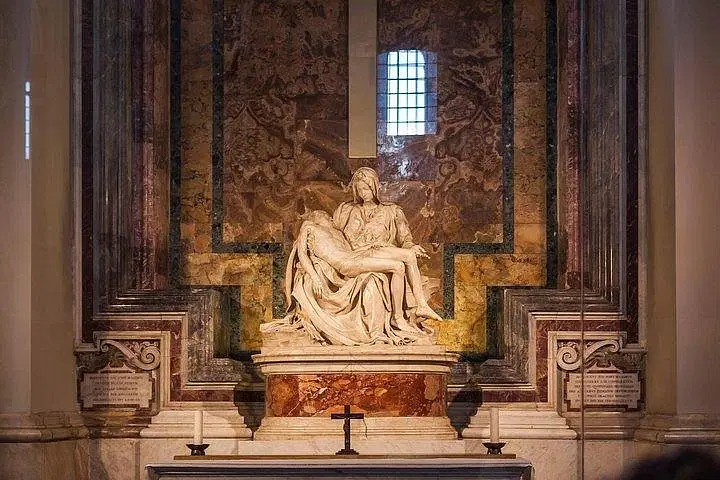
The Papal Altar
Built directly above the tomb of Saint Peter, the Papal Altar is the spiritual core of the basilica. It’s used exclusively by the pope during Mass and remains a central symbol of Catholic unity and apostolic tradition. Its location beneath the dome emphasizes the connection between heaven and earth—a visual alignment with divine order.
Bernini’s Baldachin
Soaring over the Papal Altar is Bernini’s Baldachin, a 29-meter-high bronze canopy supported by four twisted Solomonic columns, inspired by the Temple of Jerusalem. The Baldachin is a triumph of Baroque drama and movement, richly adorned with papal emblems, angels, and gilded details. It marks the central axis of the basilica and serves as a bridge between the tomb of Peter and the spiritual leadership of the living Church.
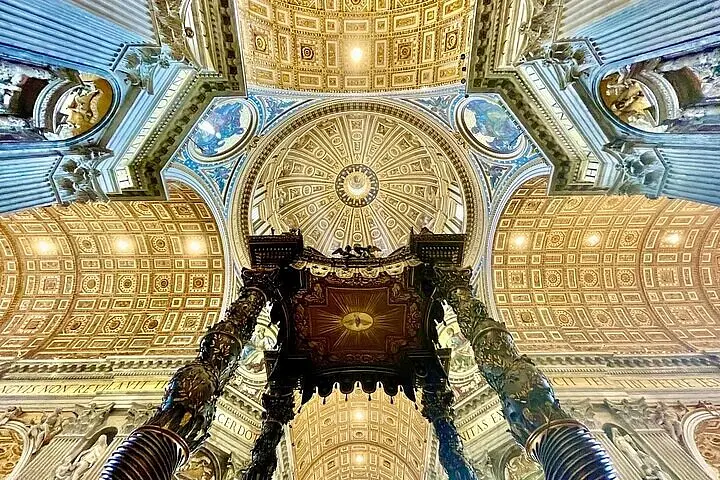
The Chair of St. Peter (Cathedra Petri)
Behind the altar, in the apse, is the Cathedra Petri, a monumental reliquary that encases the wooden throne believed to have belonged to Saint Peter. Bernini designed the ornate bronze setting, with golden clouds, cherubs, and rays of light culminating in a stained glass window depicting the Holy Spirit as a dove. This is more than a relic — it’s a symbol of the papal office and continuity of faith.
La Confessione
Situated in the crypt just beneath the altar, La Confessione is a semicircular sanctuary where pilgrims can kneel in prayer before the tomb of Saint Peter. Designed by Carlo Maderno, it features 99 oil lamps burning perpetually. A staircase leads to this sacred space, offering a quiet moment of spiritual reflection.
Chapel of St. Sebastian & Tomb of John Paul II
Next to the Pietà, the Chapel of St. Sebastian contains the tomb of Pope John Paul II, one of the most beloved pontiffs of modern times. His remains were moved here from the grottoes in 2011. The chapel features a mosaic by Pietro Paolo Cristofari and remains a key site for pilgrims from around the world.

Licenza: CC BY-SA 3.0
Monument to Pope Alexander VII
In the left transept, Bernini’s monument to Pope Alexander VII is a theatrical display of Baroque symbolism. The sculpture features the pope kneeling in prayer, flanked by allegories of virtue. Beneath them, a dramatic bronze skeleton lifts a veil over a door, representing the passage to death and judgment.

Licenza: CC BY-SA 4.0
Bronze Statue of St. Peter
In the central nave, you’ll find the bronze statue of Saint Peter attributed to Arnolfo di Cambio. The apostle is seated, holding the keys of heaven. Pilgrims have kissed and touched his right foot for centuries, wearing the metal smooth in a profound expression of devotion.
Statue of St. Longinus
Standing near the Baldachin, St. Longinus—the Roman soldier who pierced Christ’s side—is depicted in a moment of divine revelation. Bernini’s dynamic sculpture captures the instant of faith, transforming a figure of violence into one of salvation.

Omnia card 72h + Roma Pass - Jubilee 2025
What to see beneath St. Peter’s Basilica: Tombs and Hidden History
Tomb of Saint Peter
Beneath the Papal Altar lies the tomb of Saint Peter, venerated as the burial site of the first pope and one of Jesus’ closest disciples. His bones, discovered during 20th-century excavations, are enclosed in a marble shrine at the heart of Vatican faith and history.
Vatican Necropolis
The Vatican Necropolis is a first-century Roman cemetery located beneath the basilica. Here, ancient mausoleums, pagan graves, and Christian burials coexist, offering a rare glimpse into the past. Visits are limited and available only by special reservation with a licensed guide. It’s an unmissable experience for those interested in archaeology and early Christianity.
Vatican Grottoes
Above the Necropolis and below the basilica floor lie the Vatican Grottoes, a vast subterranean area housing the tombs of 91 popes, monarchs like Queen Christina of Sweden, and cardinals. The space includes chapels, altars, and archaeological ruins. Quiet and solemn, it offers a powerful conclusion to your journey through sacred time.
Other Artistic Highlights of St. Peter’s Basilica
St. Peter’s Basilica is overflowing with mosaics, paintings, and sculptures by artists such as Michelangelo, Bernini, Maderno, and Cristofari. Highlights include:
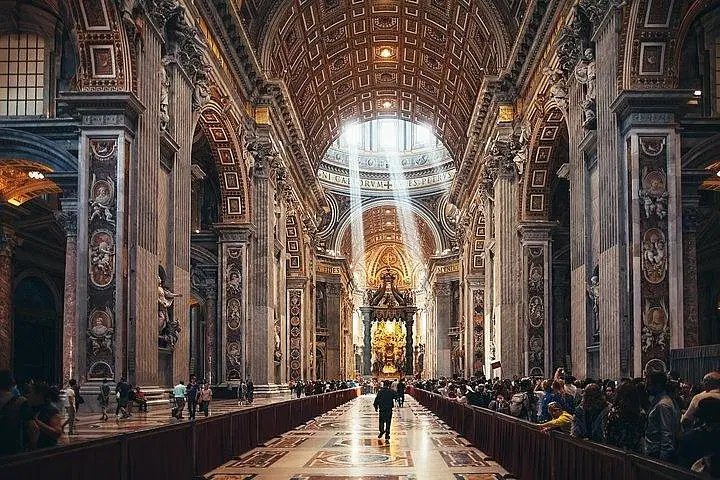
- The apse mosaic depicting the Holy Spirit.
- The Altar of the Transfiguration, with mosaics of Christ’s glory.
- Ceiling mosaics illustrating saints and biblical scenes across the basilica.
Every surface here is a canvas, every chapel a microcosm of faith and beauty.

Omnia card 72h + Roma Pass - Jubilee 2025
How to Visit St. Peter’s Basilica
- Entry: expect long queues at peak times.
- Dress Code: Shoulders and knees must be covered.
- Guided Tour: to understand every masterpieces.
- Opening Hours:
Basilica: April–September: 7 AM–7 PM / October–March: 7 AM–6:30 PM
Dome: April–September: 7:30 AM–6 PM / October–March: 7:30 AM–5 PM
Book Your Experience Now
Avoid queues and make the most of your visit with a skip-the-line Vatican experience with Omnia Vatican Card.
- St. Peter’s Basilica: priority entrance.
- Sistine Chapel: access included with priority entrance to the Vatican Museums.
- Vatican Museums: priority entrance.
👉 Book now at ticket.romevaticancard.com and turn your Vatican visit into a once-in-a-lifetime journey through faith, history, and art.

Omnia card 72h + Roma Pass - Jubilee 2025
Scroll back and dive into our complete guide to St. Peter’s Basilica — your essential companion to uncover every masterpiece, hidden chapel, and spiritual treasure inside this extraordinary landmark.
